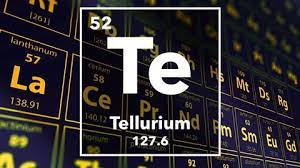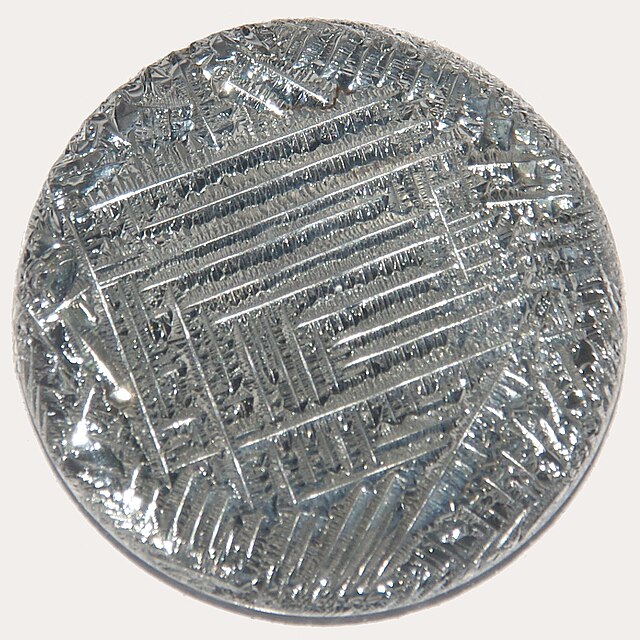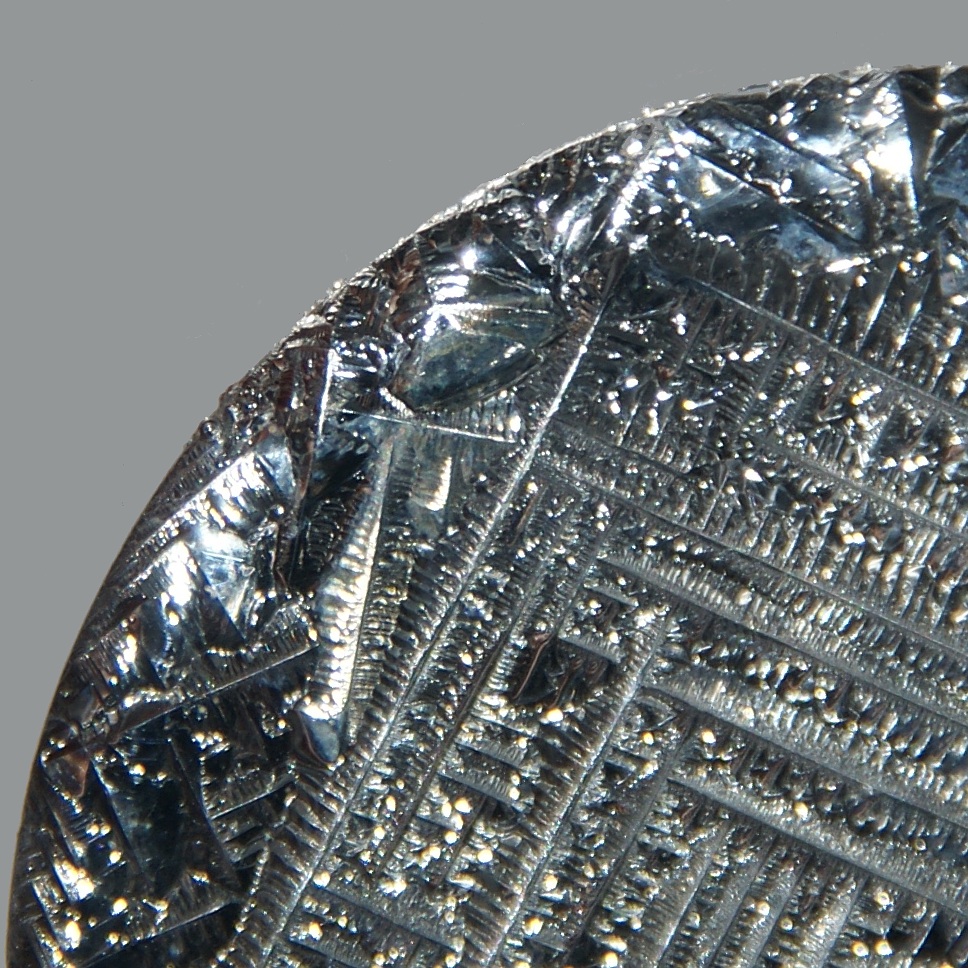Tellurium
Tellurium, with the symbol Te and atomic number 52, is a rare, brittle, and mildly toxic metalloid. It shares similarities with elements like sulfur and selenium, belonging to the chalcogen group in the periodic table. While uncommon on Earth, tellurium is surprisingly abundant in the universe. However, its volatile nature during Earth's formation likely caused it to escape into space, leading to its scarcity on our planet.
Tellurium exhibits a unique duality, possessing properties of both metals and non-metals. It appears as a silvery-white solid, often found in crystalline form. Interestingly, tellurium is a semiconductor, meaning its electrical conductivity can be manipulated by adding impurities (doping). This property makes it valuable in various applications, including solar cells and rewritable CDs and DVDs.
Despite its rarity, tellurium finds use in several crucial industries. It strengthens and improves the durability of metals like lead and steel when added as an alloying agent. Tellurium also plays a role in coloring glass and ceramics, adding a touch of vibrancy to everyday objects. Additionally, its semiconducting properties hold promise for future advancements in technology, making tellurium a valuable element with diverse potential.


